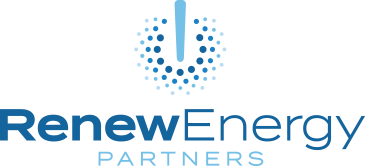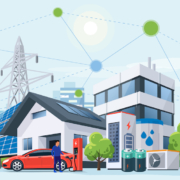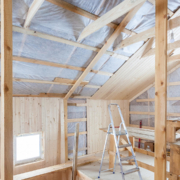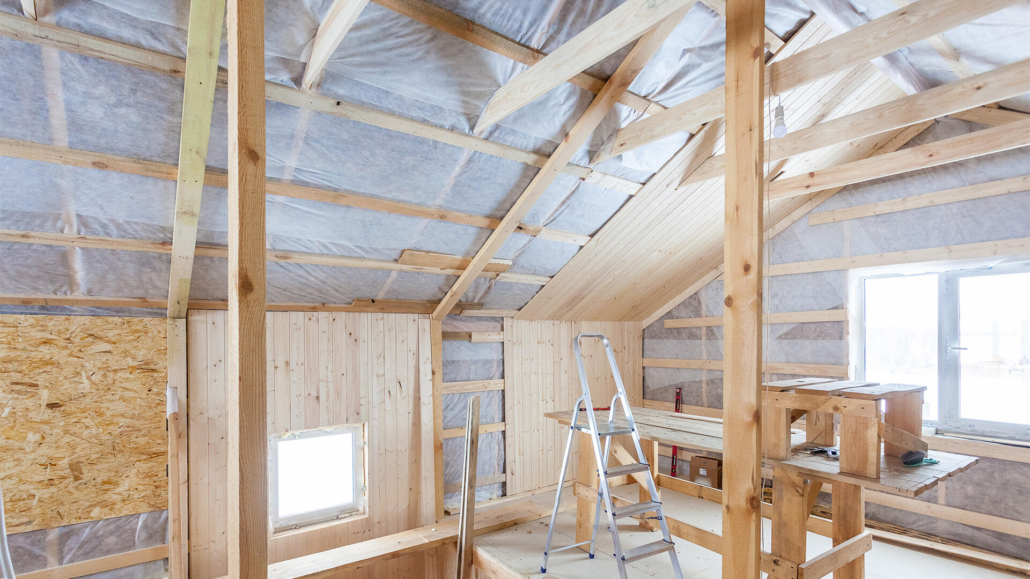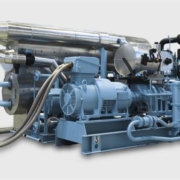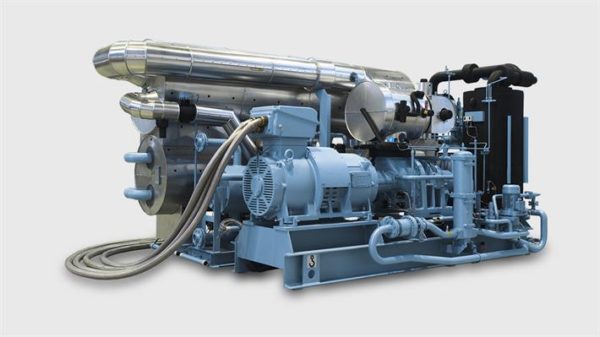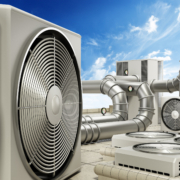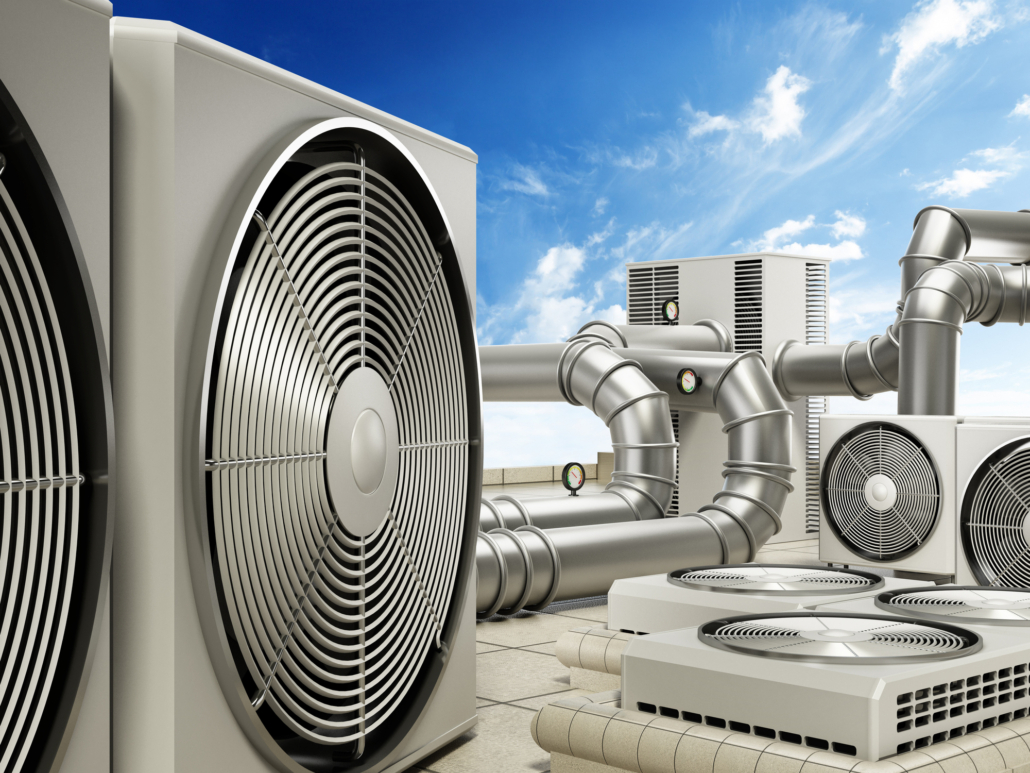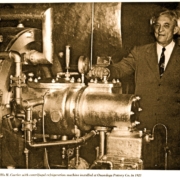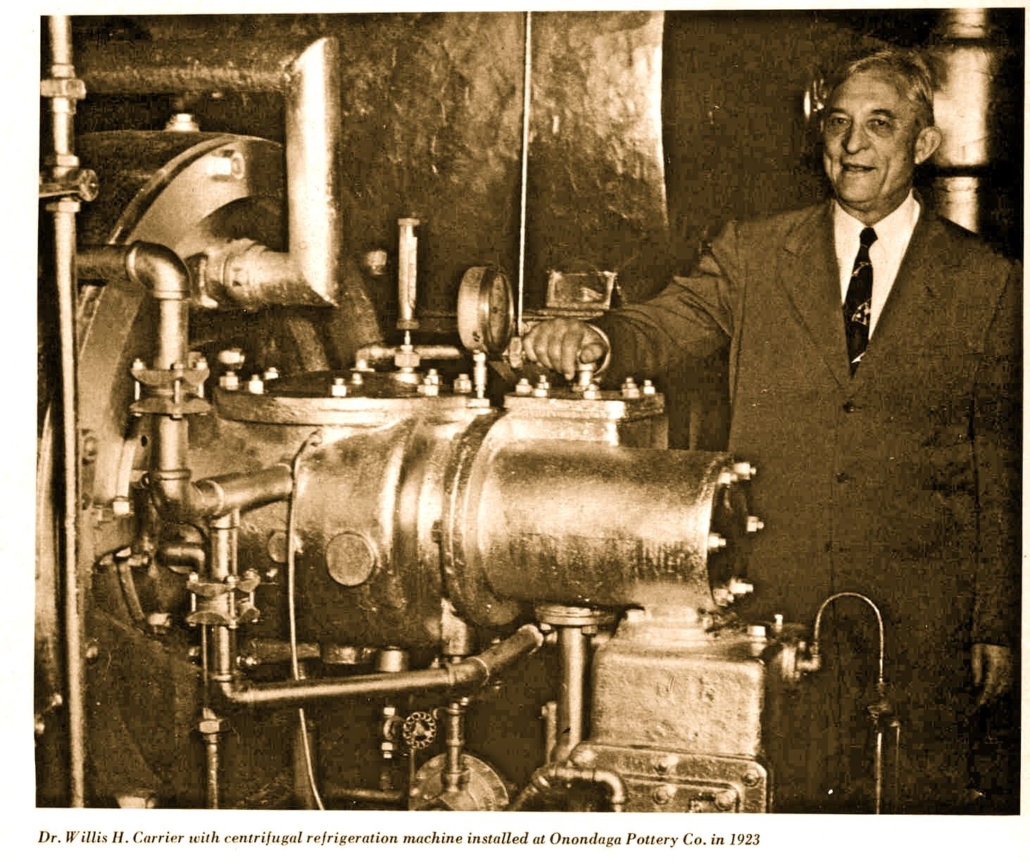Act Now: Inflation Reduction Act Deadlines and What They Mean for Microgrid Projects
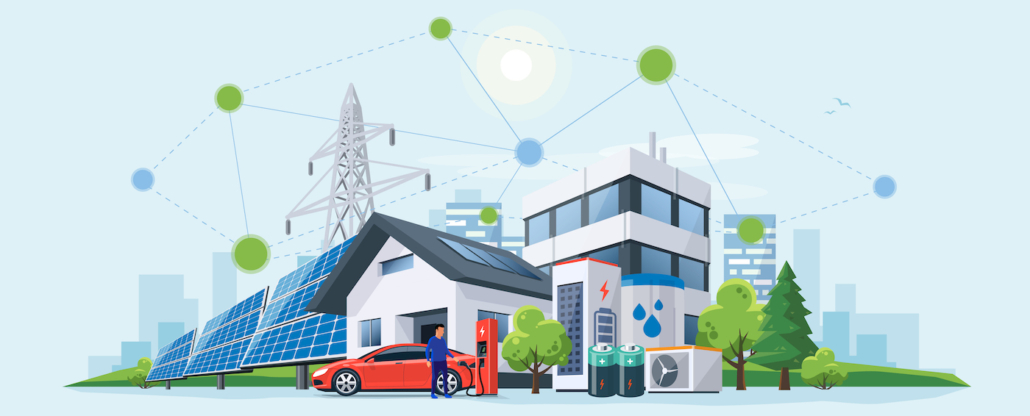
The clock is ticking for taking advantage of the IRA 30-50% Investment Tax Credit for CHP and Microgrid projects. Here is some crucial information that could significantly impact the trajectory of sustainable energy projects in 2024. The recent updates in the Inflation Reduction Act (IRA) present a golden opportunity for you to maximize benefits and contribute to a cleaner, more sustainable future. In order to meet critical deadlines for achieving these benefits, it is important to act now!
Key Highlights of the Inflation Reduction Act
- Combined Heat and Power(CHP) Property
- The IRA introduces an ITC for qualifying Combined Heat and Power (CHP) system property that commences construction before January 1, 2025. This includes capacity, efficiency, and other limitations that apply for CHP eligibility.
- Microgrid Controllers
- The IRA has also included microgrid controllers as eligible property for the ITC.
- A “microgrid controller” is defined as equipment that is part of a qualified microgrid, designed to monitor and control energy resources and loads on the microgrid.
- A “qualified microgrid” is an electrical system capable of generating 4 kilowatts to 20 megawatts of electricity, operating in connection with and independently from the electrical grid, and not part of a bulk-power system.
- It’s important to note that the definition of a microgrid, for ITC eligibility, applies specifically to the microgrid controller rather than the microgrid as a whole.
- Base and Bonus Credits
- For projects under 1 MW, the 30% ITC base rate is automatic. For projects over 1 MW, the 30% ITC can be achieved by meeting apprenticeship and prevailing wage requirements.
- There are 10% bonus credits each for domestic content and projects in “energy communities”
- Check Your Site’s Eligibility!
- Curious to know if your site qualifies as an Energy Community? Explore this interactive map provided by the Department of the Environment – [IRA Energy Community Tax Credit Bonus]
- Clean Energy Projects
- Projects starting construction before the end of 2024, including CHP, solar, battery storage, microgrid controllers, microturbines, fuel cells, and biogas, qualify for the 30%+ ITC.
- Safe harbor rules enable projects to qualify for full credits by spending 5% of project costs before the end of 2024, extending the construction period into 2025.
Why Act Now?
To make the most of these incentives, it is imperative for our customers to execute contracts with Renew Energy Partners now. By doing so, we can deploy the 5% Safe Harbor on your project, ensuring you can still receive the maximum ITC percentage outlined in the IRA.
Renew Energy Partners’ Webinar on February 29th
We invite you to join a webinar on February 29th, with the Combined Heat and Power Alliance, where industry experts will delve into the intricacies of the Inflation Reduction Act, providing valuable insights into how you can leverage these opportunities for your projects. Emily Robertson, Business Development Lead for Microgrids with Renew Energy Partners will share more about how to take advantage of Renew’s services to secure the 5% Safe Harbor in 2024 and be able to take advantage of the full ITC by deploying your project in 2025. Don’t miss this chance to gain a competitive edge and contribute to a sustainable future. Click this link to join us!
Act Today, Reap Tomorrow
Renew Energy Partners is committed to empowering building owners to decarbonize their buildings and contribute to a greener planet. Act now, execute your contracts, and secure your place in a cleaner, more sustainable future.
